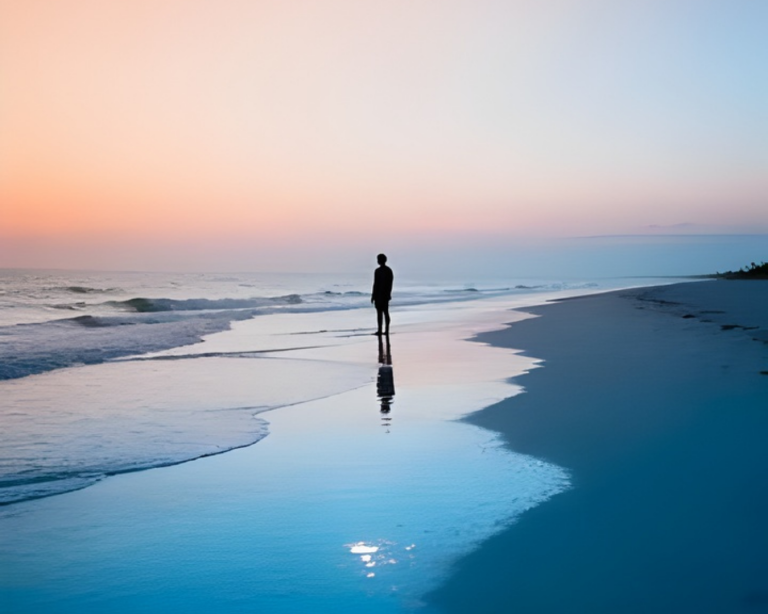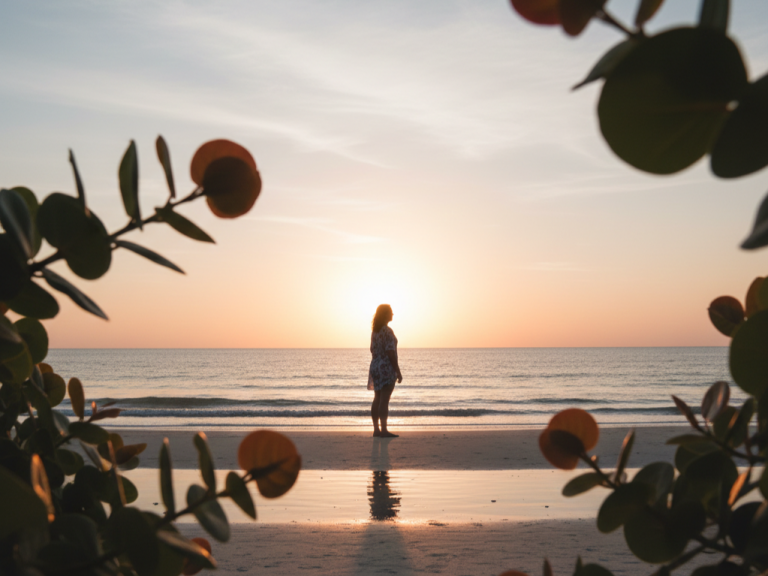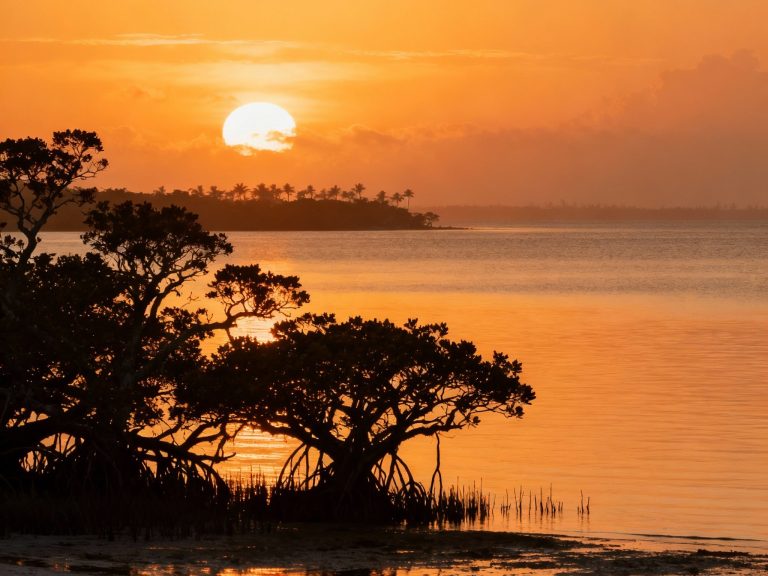
Welcome to the serene shores of Sanibel Island, where rare birds make their home! For bird watchers and nature lovers, Sanibel offers a treasure trove of avian wonders—from the elusive Mangrove Cuckoo to the colorful Roseate Spoonbill. Birding on Sanibel is a hidden treasure,” says biologist Dr. Emory. Get ready to embark on an island adventure as we reveal some fascinating facts, tips, and secrets about Sanibel’s birdlife!
Fun Facts about Sanibel’s Rare Birds
Mangrove Cuckoo: The “Ghost Bird” of Sanibel
The Mangrove Cuckoo, often referred to as the “Ghost Bird,” is a master of stealth. Known for its elusive nature, this bird is rarely seen, but its call echoes through the dense mangroves where it makes its home. The Mangrove Cuckoo is equipped with a sharp beak and an incredible ability to blend into its environment, making it hard to spot even when you’re standing just a few feet away.

Credit to bochnik
It prefers the thick coastal mangroves, where it hides and hunts for insects and small creatures. The thick vegetation offers it not just food, but the perfect cover. Its presence on Sanibel Island is a reminder of the mysterious beauty of nature, making it a true treasure for bird watchers who are patient and observant.
Roseate Spoonbill: The “Pink Dancer” of Sanibel’s Wetlands
Known as the “Pink Dancer,” the Roseate Spoonbill is a breathtaking sight in the shallow estuaries and wetlands of Sanibel. Its vibrant pink feathers, tinged by the crustaceans in its diet, create a stunning contrast against the blue waters and green marshlands.

Credit to iStock
The Roseate Spoonbill’s graceful flight adds to its allure, with its wide wings stretching as it glides effortlessly above the water. These birds are often seen wading through the shallow waters, using their unique spoon-shaped bills to sweep through the mud in search of food. The pink dancer’s presence in Sanibel’s wetlands is a symbol of the island’s rich biodiversity, making it a must-see for any nature enthusiast.
Yellow-crowned Night Heron: The “Crab Catcher” of Sanibel
The Yellow-crowned Night Heron, also known as the “Crab Catcher,” is an expert in its craft. With its bold, focused demeanor, this heron specializes in hunting crabs, catching them with incredible skill. Its ability to spot and catch crabs, even in the dark, is unmatched among other birds.

Credit to earlorfphotos
The Yellow-crowned Night Heron prefers areas near both freshwater and saltwater, where it can search for food along the edges of ponds, marshes, and coastal waters. Its striking yellow crown and sharp eyes make it an unmistakable sight, and for bird-watchers on Sanibel, it’s a rewarding bird to observe, especially during the quiet, cool hours of dusk and night.
Tips for Spotting Rare Birds
The best time to spot birds in Sanibel is during the serene hours of sunrise. As the soft pink and orange hues of the early morning light reflect on the calm waters, birds begin to stir, and the world seems to come alive. This quiet, peaceful moment is perfect for spotting elusive species like the Yellow-crowned Night Heron, who is most active during the early morning. The J.N. “Ding” Darling National Wildlife Refuge, with its lush mangroves and vast estuaries, is one of the top spots to visit at sunrise.
Credit to CBS Sunday Morning
The misty atmosphere, combined with the soft light, creates the ideal backdrop for seeing a variety of rare birds, such as the Reddish Egret, which is known for its dramatic hunting style. To make the most of your birdwatching experience, bring binoculars and a camera—this way, you’re prepared to capture the stunning moments, although sometimes the best experiences are simply watching the birds in action without worrying about the perfect shot. Birdwatching is all about patience: stay still, stay quiet, and with a little luck, you may just spot a rare bird like the Mangrove Cuckoo.
Interactive Quiz: Which Rare Sanibel Bird Are You?
Take this quick quiz to find out which rare Sanibel bird matches your personality! Are you as patient as a Great Blue Heron, or as vibrant as a Roseate Spoonbill? Click below to begin!
Stay tuned as we reveal the fascinating insights and interpretations behind each response! Whether you’re a patient Great Blue Heron or a lively Roseate Spoonbill, there’s a rare bird that perfectly matches your personality. Click below to discover more about your bird match and what it says about your connection to Sanibel’s natural beauty.
Credit to bubohio
Sanibel is a paradise for bird lovers, but spotting its rarest birds requires a keen eye and a bit of patience. Whether you’re an experienced birder or just beginning your bird-watching journey, this guide has provided all the tools you need to make your adventure unforgettable. Don’t forget to bring your camera and capture your rare bird sightings. Share your best shots with us and tag #SanibelWildlife to connect with fellow bird enthusiasts. You never know—your next post could be of a rare bird you’ve never seen before. Thank you for joining this bird-watching adventure! Sanibel Island has so much to offer, and we’re glad you’re a part of our community. Be sure to come back for more virtual wildlife tours and bird-watching tips.

I’m Ayla Wolesky, and I’ve spent years exploring every corner of Sanibel Island. From its pristine beaches to the hidden gems only locals know about, I’m passionate about sharing everything this beautiful island has to offer. Whether it’s the best spots for shelling, the wildlife that makes Sanibel so special, or where to enjoy a perfect sunset, I’ve got you covered. My goal is to provide insider tips and up-to-date information that will help you experience Sanibel Island like never before.




